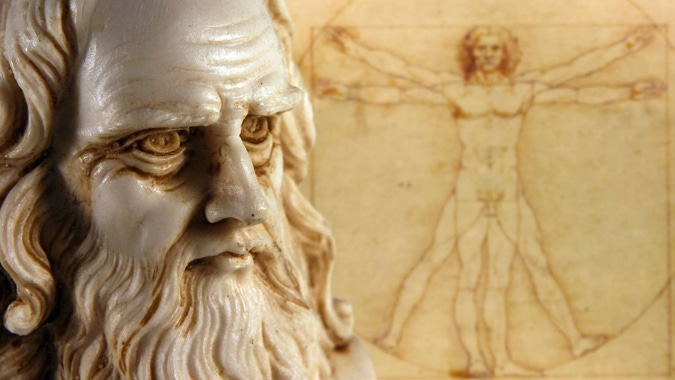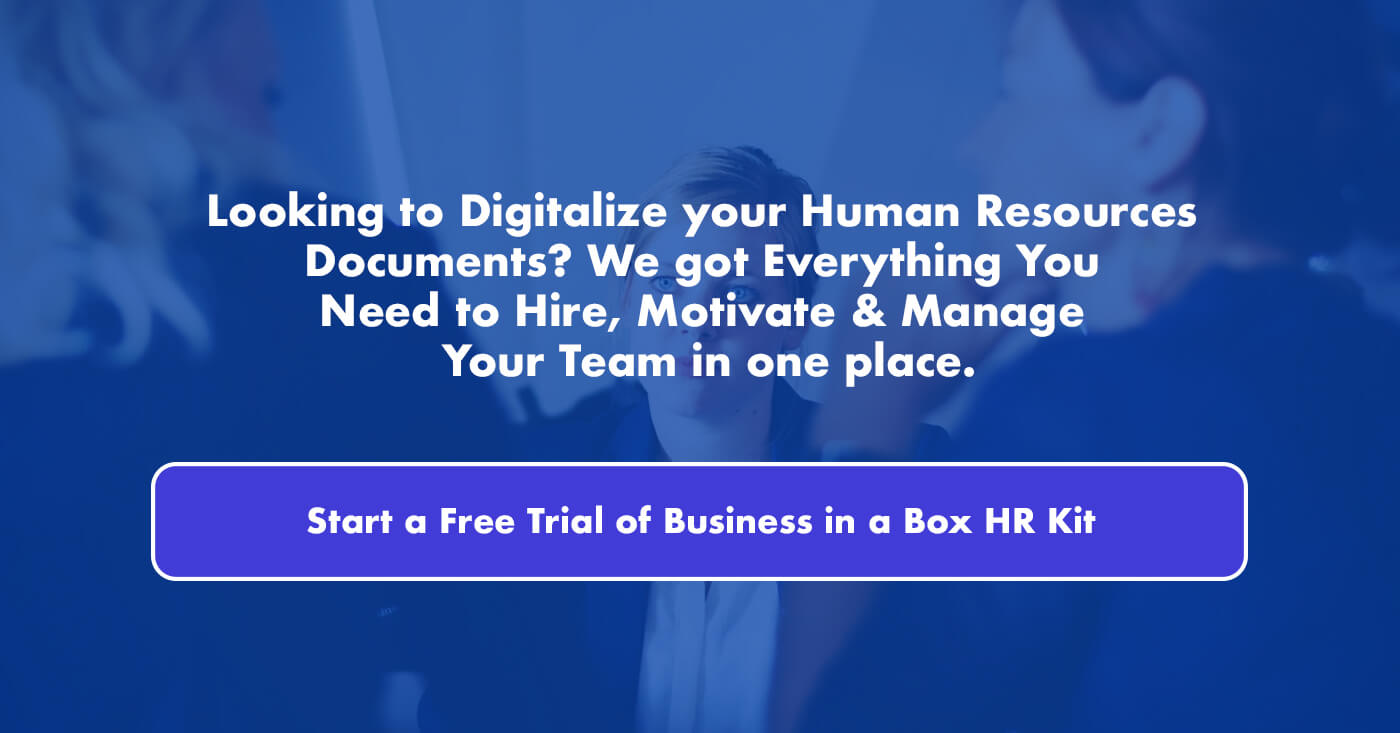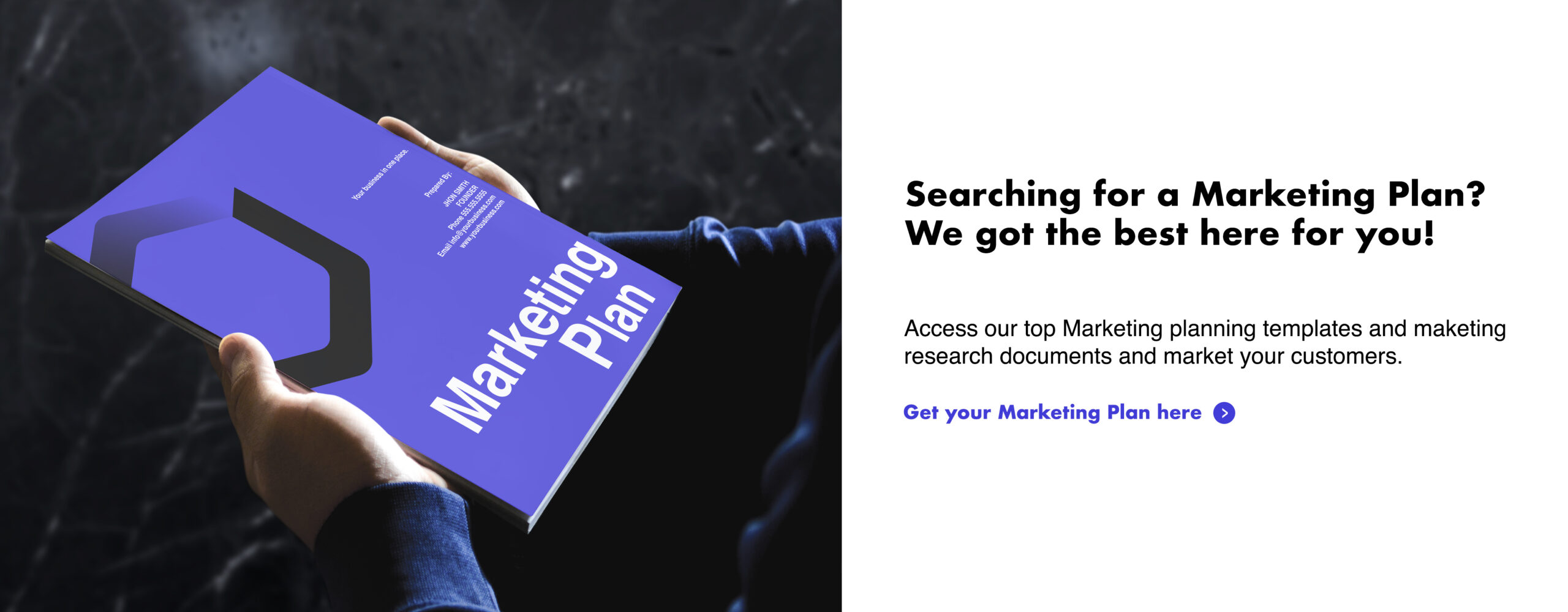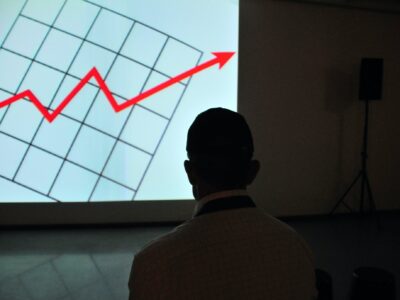
Although many companies apply Artificial Intelligence to collate applications, human review is more essential than ever to detect key factors.
Despite the constant changes in the world of work, currículum vitae, CV, curriculum, resume, resume, or curriculum synthesis, among other names, is still a useful tool, but it reinvents itself as to the format (video, animations, level of detail, design), and it gets shorter and shorter.
Although many companies apply Artificial Intelligence to collate applications, human review is more essential than ever to detect key factors such as emotionality, empathy, the value proposition, and the interests of each person, based on a good analysis of this Essential piece that opens the door to potential job interviews.
Several historians agree that the first CV in the world was written by Leonardo Da Vinci in 1482. He was one of the great masters of the Renaissance, with his many expressions as a painter, sculptor, engineer, scientist, architect, and sculptor. For such gifts, he is recognized as a multipotential person, who has the ability to perform completely different tasks with a high level of excellence in each area.
The interesting thing is to be able to analyze it, in detail as I will do in this article, to detect the spirit of influence and persuasion of Da Vinci when he presented himself to the then Regent of Milan.
It was a long time later, only in the 1930s, that the instrument we know as the curriculum began to take a flight of its own; at that time more details of the candidates were incorporated, such as their address, place of birth, height, weight, height, contact information, and even what religion they professed.
The postulation of genius
Like any neighbor’s son looking for work, Leonardo Da Vinci wrote his first resume in his own handwriting, in which his style, careful writing, creativity, and persuasion, among other aspects, can be observed.
Below I invite you to discover the translation of the document, and in each paragraph, you will find my comments on his style and resources that he applied successfully since he managed to make the recipient of his note become one of his patrons. Says so:
To Ludovico Sforza, regent of Milan . (Note: he was an Italian nobleman who lived between 1452 and 1508; he ruled Milan in times of long wars).
Most illustrious sir, after seeing and sufficiently considering the evidence of all those who call themselves masters and composers of war instruments, and since the invention and operation with such instruments are not out of the ordinary use, I will endeavor, without prejudice to others , in making myself understood by his excellence, I will open my secrets to him and I put myself at the disposal of his excellence to carry out and demonstrate when he deems it appropriate those things that are partly briefly noted below:
[NOTE] Look at the style of the time, which has total conceptual clarity regardless of whether you don’t understand the context of that time today. Da Vinci uses one of the magic words for persuasion on the brain: “… I will open my SECRETS to you…”, he says. That is a completely tempting expression for those who read or listen, because who does not want to know secrets?
1. I have very light and strong bridge projects, which can be transported very easily. [Da Vinci goes straight with his added value proposition – very light and strong and that can be transported – something very different from what existed then].
2. I know how to do the siege of a field to get the water out of the moats and make an infinite number of bridges, rope ladders, and other instruments. [The certainty and security that it conveys leaves little room for doubt, and sums it up in the forceful phrase “I know how to do …”]
3. If due to the height of the terrain or the strength of the place and the site, a siege could not be used, I know how to make bombs, I know ways to destroy citadels and fortresses, even when they are built with rock. [Here it is proposed to demolish any type of objections, such as the famous “it cannot be” or the “but …”, by providing multiple alternatives and almost ensuring a successful result by indicating how it is intuited in the final sentence of this paragraph].
4. I also have ideas to make very comfortable cannons and very easy to move, with which to throw small stones like a hail shower. [He shows all the advantages of his ideas – “very comfortable” -, and uses clear metaphors like water – “like a hail shower” – to make them more tangible and practical].
5. And if something were to happen at sea, I have blueprints of many very useful instruments for attack and defense, including ships that would withstand the fire of the largest cannons, dust, and smoke. [Again, mention potential drawbacks without stopping there, because you will notice that he always focuses on solutions].
6. I also know ways to get to a certain place stealthily through caves and secret passages, even if this requires going under a river. [Imagine the power of this offering in the midst of wars and crusades].
7. I can build safe and harmless covered chariots (tanks) with which to enter enemy lines with artillery, and there will be no company of men with weapons so large that the chariots will not destroy it. And after them, the infantry will arrive and find them practically unarmed and without any opposition. [The action verbs are always present, and the adjectives for their creations allow that descriptive writing to take flight in the form of images in the mind of the recipient, inspiring certainty; just as it should be when sending a resume to any company].
8. In the same way, if necessary, I will make cannons, mortars, and artillery in beautiful and useful shapes, out of common use. [See how he inserts the beauty of art within the context of making artillery for warfare. The pleasant, the good, the noble, these are very exciting attributes for the brain].
9. Where it is not possible to use cannons, I will design different types of catapults and other instruments of excellent efficiency very different from those commonly used, in short, depending on what the various circumstances dictate, I will design infinite artifacts of attack and defense. [There is practically no room for doubt about his enormous inventiveness].
Take a close look at what follows in the world’s first resume, written by Leonardo Da Vinci:
10. In times of peace, I think I can give you as much satisfaction as anyone else in architecture, with the construction of public and private buildings, as well as with the conduction of water from one place to another. [He leaves the war situation and offers himself as the recognized architect that he was; And he does so by highlighting something that he knew how to do very well, which were waterworks, very novel in those times. And he adds the phrase “… I can give you so much satisfaction …”, which has strength and contains energy that feeds the reward center of the brain].
11. I can make sculptures in marble, bronze, or clay, as well as paintings, and my work can be compared to that of any other, whoever it is. In addition, I could take on the work of the bronze horse that would be an immortal glory and eternal honor of the happy memory of his lord father and the illustrious house of the Sforzas. [Needing to work, due to the tone that is perceived in his writing, he now goes on to detail other alternatives for them to hire him: he is selling himself, making his Personal Brand as we currently call it, highlighting his attributes and what he knows how to do very well, and that, in turn, your interlocutor may need. Really need someone versatile like him].
12. And if any of the aforementioned things seem impossible or not feasible, I declare myself willing to give you a demonstration in your park or the place you prefer. [He opens the game to demonstrate in his own castle so that the other party can check his professionalism]. And he respectfully says goodbye: Your Excellency, to whom I entrust myself with all humility.
5 persuasive elements that we can rescue
In any job offer, even in emails and internal meetings, communications of any kind, talks and conferences, persuasion, and influence are key.
These are the keys that will allow you not only to capture the attention of the audience you are addressing but to light the fuse of curiosity, association with your own experiences, and the feeling that what you say “is just what we need.”
In Leonardo Da Vinci’s curriculum we can distinguish several of these aspects, in addition to those already mentioned above:
- He describes in detail putting action verbs and brief descriptions, although forceful, where he displays all his professional capacity in very diverse areas. That set of professional competencies is what he wanted to capture, to see where he could work for the nobility. Currently, you must show your achievements in a tangible way, presented so that the company knows what your contribution of concrete and specific value was.
- Mental magnets: permanently use words that are eye-catching for the mind: they arouse curiosity, and make you fix your gaze on paper. In your current writing, you can use the same technique by inserting these types of attention-activating words.
- Offer evidence: Da Vinci works on the confirmatory bias of the brain, by making it clear that you want them to check the effectiveness of what you propose, no matter how crazy it may seem to the other party. In your case, it is necessary that you include sufficiently relevant and accurate data so that if you have to test them there is no problem. Many booths will ask you to try out on the spot, so be prepared for that.
- Two different levels in the curriculum: in this case, he structured his message in two: solutions for wartime, and for peace. In today’s world, it is the equivalent of preparing as many resumes as types of companies or people you are going to contact. The one-size-fits-all CV is now completely obsolete.
- He focuses on solutions: he may have been a connoisseur of the sufferings of the Italian nobleman, so he dedicates his entire letter to making proposals based on solutions. He does not make big negative analyzes, but the tone is constructive; Although in some sections, it is allowed to ironize about other inventors of the time. And what do you think companies are looking for today? Exactly the same: “ intrapreneurs ”, intra-entrepreneurs in each job position, who solve things, instead of always expecting to be directed.
What do you think of these resources by Leonardo Da Vinci in what is considered the first curriculum vitae in the world? Do you think that the analysis of a human resources person would pass, or, even more, of today’s Artificial Intelligence?
SOURCE: daystech.org

























